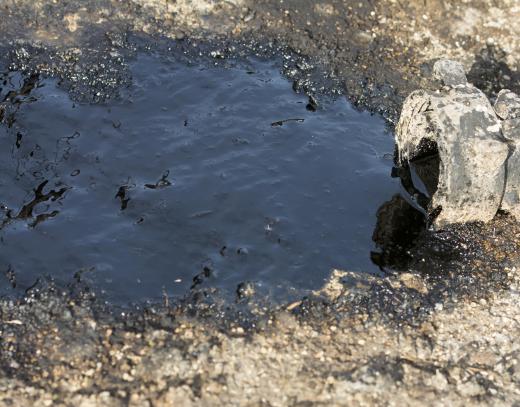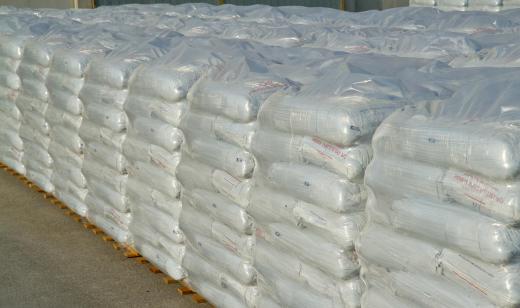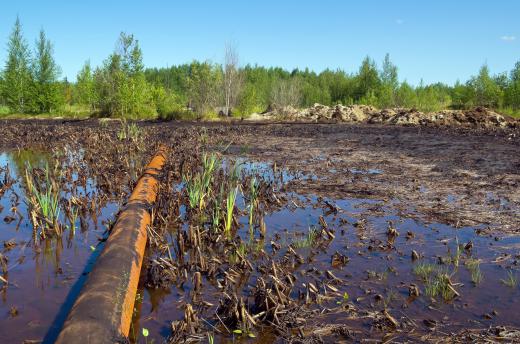A secondary containment system is one that is designed to catch hazardous materials if they leak or spill. This is done in order to keep them contained so they do not contaminate soil, air, or water. It can be in the form of absorbent material, special pallets, or barrels. Spill containment is required when storing or transporting chemicals or pollutants in many countries. In the United States, for instance, the Environmental Protection Agency (EPA) regulations govern these types of systems.
Manufacturers of hazardous materials are often concerned with what might happen if their products leak out of their containers or inadvertently spill. They also recognize that workers could become ill or injured when handling chemicals. For this reason, manufacturers may choose to store or transport hazardous chemicals in some form of secondary containment. These systems can catch leaks or spills and keep them confined to a limited area so they do not affect ground or water and result in a large clean-up process.

In some instances, secondary containment systems are a special pallet for products to sit on. This pallet may be enclosed on all sides and the bottom. The top normally has holes for liquid to drain through. Machinery that requires the use of chemical solvents may be placed on one of these to prevent leakage from getting on the ground underneath the machine. Absorbent material, such as sandbags or sawdust, might be placed around the pallet to help ensure spills are confined to a small area.

Another secondary containment systems is a special barrel. This mechanism can slide down over the top of a barrel of hazardous materials, or a container could be placed inside it. If the inside container leaks, material would then ooze out into the outer barrel, where it would be stopped from spreading.
Many jurisdictions require the use of secondary containment systems whenever hazardous materials are stored, manufactured, or shipped. Even so, many people voluntarily choose to use containment methods because of the potential harm that could result if products were to leak. Some common materials that may require a secondary containment system include acids, oil, solvents, and many types of paint.

People who handle products that could negatively impact the environment if spilled may want to consider using a secondary containment system when storing or transporting them. They may also want to check with local environmental agencies to see what the requirements are for doing so. Containment methods can help prevent an environmental disaster that could be both costly and dangerous.
